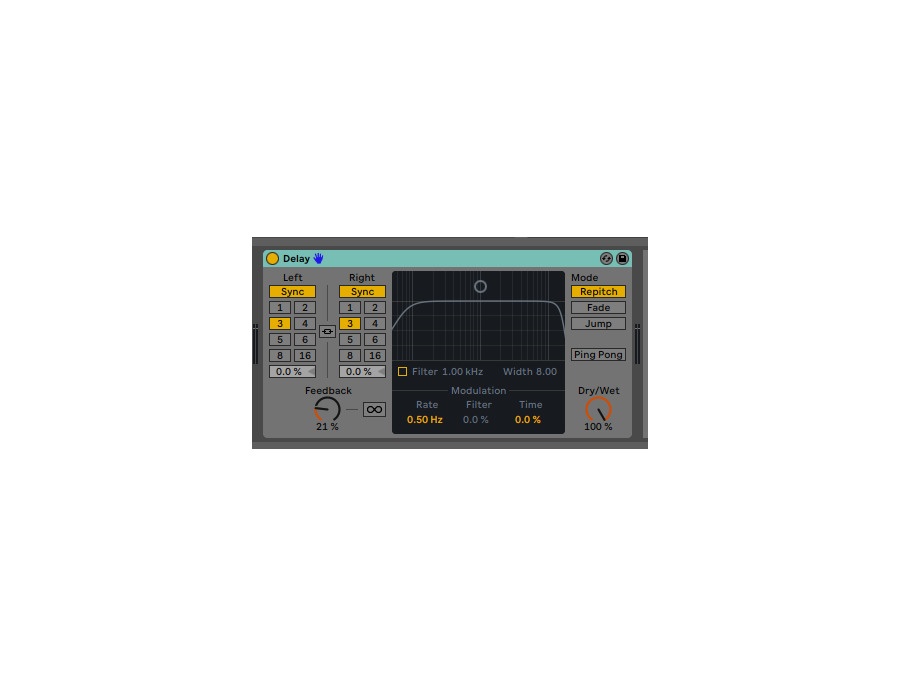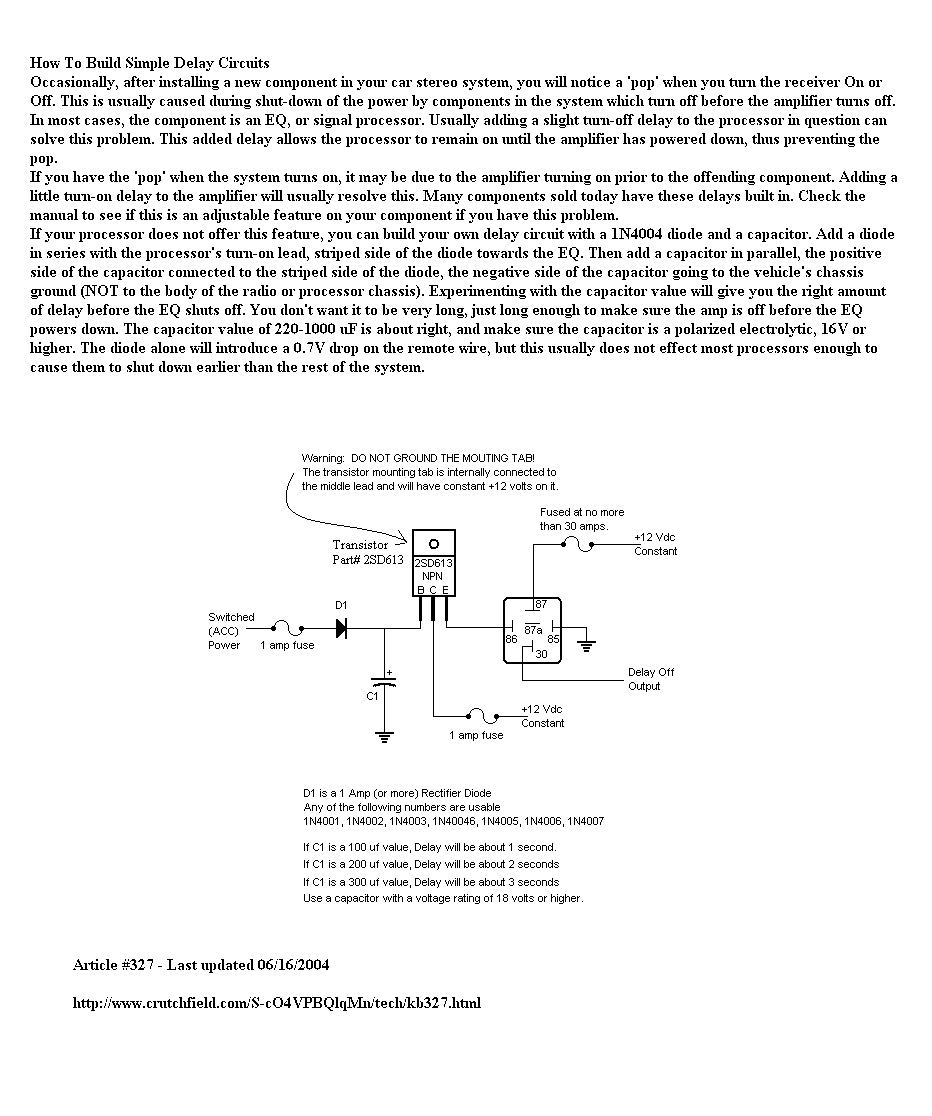
Auto Filter is yet another EQ alternative - it provides a built-in LFO and envelope follower to modulate the filter’s frequency.

Use EQ Eight instead of EQ Three when you want to sculpt your own filter. For example, placing an EQ Three before or after Simple Delay lets you control the bandwidth of the echo: turn EQ Three’s L and H buttons off and adjust the width of the remaining (M) band using the FreqLow and FreqHi knobs along with the 24/48 filter-slope buttons.

And you can add other effects to the Return track without affecting the dry signal. You can use the Return track’s Pre mode to control the level of the echo independent of the track’s level and any volume automation. Auto Filter applies a modulated filter before Simple Delay (bottom).Īlthough inserting a delay on the source track is the quickest way to set things up, placing it on a Return track gives you more options. Filter Delay applies different delays with their own filtering to the left, centre and right channels (right).

To add a little space to the effect, turn Link off, make sure the delay times match and adjust their Offset controls to small percentages in opposite directions as shown at the top of screen 2.Ģ: EQ Three restricts Simple Delay to a frequency band (left). That will give you a single echo at the chosen delay time (measured in 16th notes) with the Dry/Wet knob controlling the relative levels of the source and echo. To set things up using Live’s Simple Delay turn its Link and Sync buttons on and turn Feedback all the way down. For example, in the fourth panel of screen 1 the delay feeds the reverb, in the fifth panel they work in parallel and in the sixth panel both the source and the delay are sent to the reverb. (You could use a reverb’s pre-delay for a similar effect, but the pre-delay range is usually limited and calibrated in milliseconds rather than in fractions of a beat, and the reverb will add some colour.) When your goal is to design a custom effect rather than to leave space, consider using a delay and a reverb on separate Return tracks. If you’re processing sustained chords, for example, a low-level quarter-note delay provides a quiet echo without stepping on the tail of the chord. One reason to choose a delay instead of reverb, as illustrated in the second and third panels of screen 1, is to separate the effect from the source. Click the Lo Cut and/or Hi Cut buttons and then use the handle in the graphic display or the numerical readouts to adjust the filter’s frequency and resonance. The filter in the Input Processing section of Live’s Reverb device can also work wonders in keeping the reverb out of the way, and it does not affect the dry portion of Reverb’s output.

(Applying reverb to individual kit pieces is most easily done when you place the reverb in one of the Drum Rack’s Return Chains.) More generally, look for individual tracks or parts where reverb really helps and then remove or reduce it on the other parts. For example, when you have a drum track with a strong back beat, try applying the reverb to the back beat and turning it off for the rest of the kit pieces. The control-panel graphics show the send levels to the delay (A) and reverb (B).Turning the reverb off on a track or submix doesn’t need to be as ham-handed as it sounds. But first, here’s a quick look at the other two ways of taming reverb.ġ: The six panels show the effect of applying reverb, a quarter-note delay or various combinations of the two to a short piano chord. This month we’ll investigate ways to use Live’s various delay effects alone as well as with other effects to either replace or augment reverb. You’ll find a lot of creative ways to use delay along with or instead of reverb in Geoff Smith’s Recording Techniques column ‘ Creating & Using Custom Delay Effects’ in SOS May 2012 issue. When reverb is gumming things up you have three ways of taming it: turn the reverb off, reduce its bandwidth or try delay instead.
#ABLETON SIMPLE DELAY ONLY 300 MS HOW TO#
We show you how to use Live’s delays as a replacement for reverb and as an effect in their own right.


 0 kommentar(er)
0 kommentar(er)
